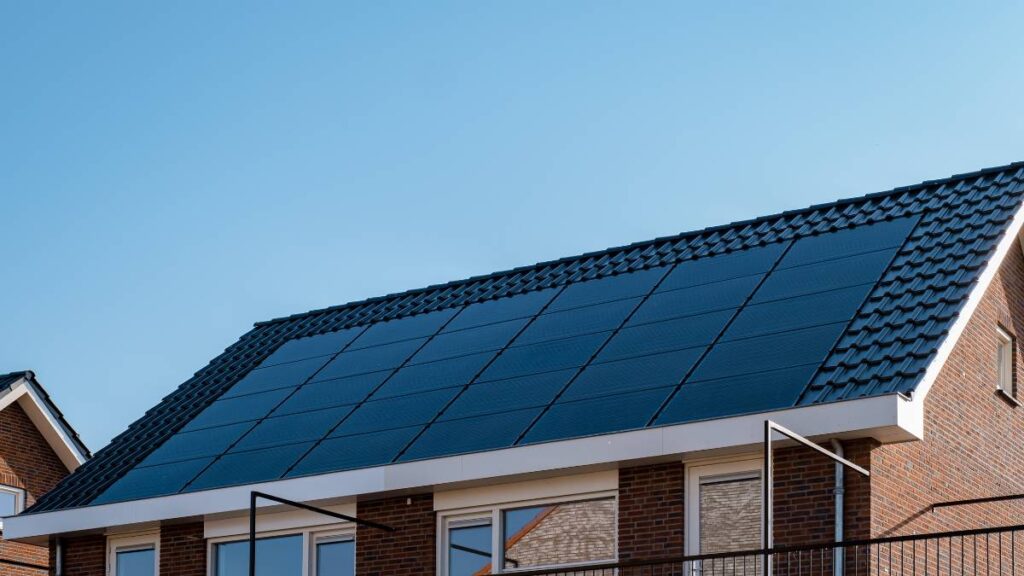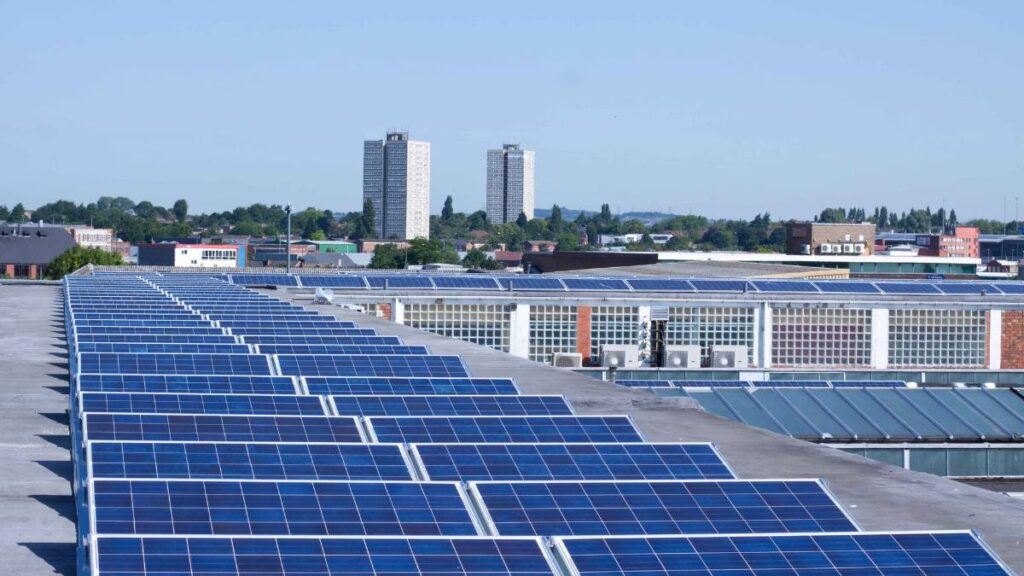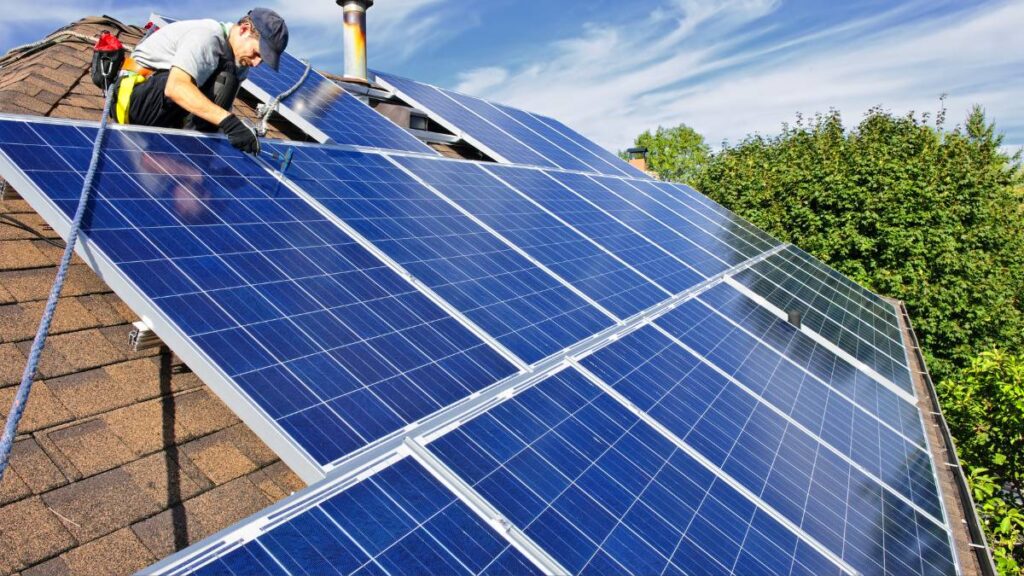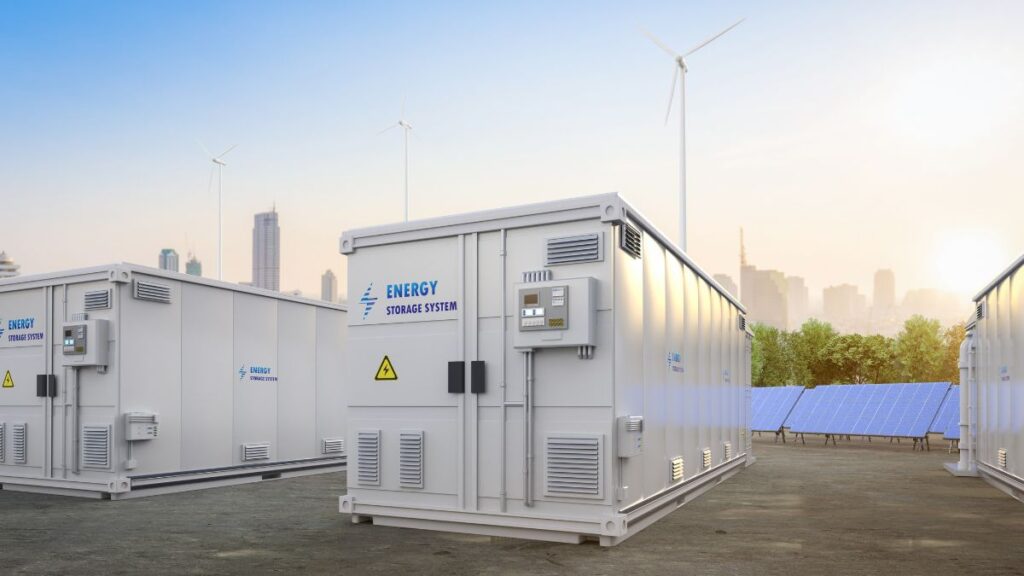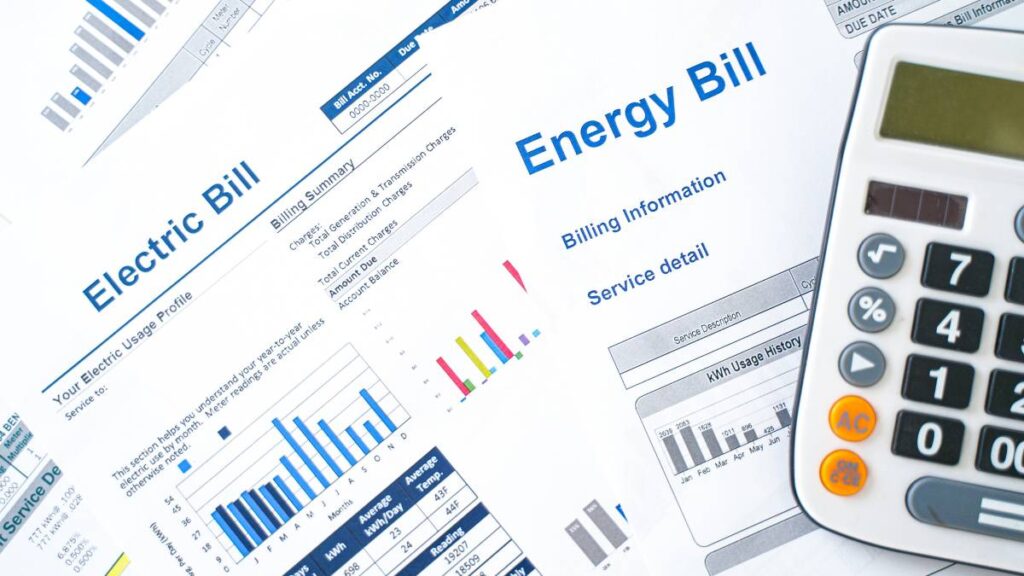Imagine a world where every window and glass surface becomes a source of clean energy. Transparent solar panels, a cutting-edge technology, are turning this vision into reality. These innovative devices allow us to harness solar energy without compromising the aesthetic or function of windows, marking a significant leap towards sustainable living and architecture.
Unveiling Transparent Solar Technology
Transparent solar panels are designed to absorb specific wavelengths of light, primarily in the ultraviolet and infrared spectrum, while allowing visible light to pass through, maintaining the transparency of glass. Key types of transparent solar technologies include:
- Dye-Sensitized Solar Cells (DSSCs): These use a layer of organic dye to absorb light and produce electricity.
- Organic Photovoltaics (OPVs): These are made from carbon-based materials that convert light into electricity.
- Perovskite Solar Cells: Known for their high efficiency, these cells can be engineered to be transparent and are gaining popularity in solar research.
Advantages of Transparent Solar Panels
Transparent solar panels offer several benefits:
- Dual Functionality: They generate energy while serving as functional, transparent windows or building facades.
- Seamless Integration: These panels can be integrated into existing structures, providing a sustainable upgrade without the need for extensive modifications.
- Aesthetic Appeal: Their unobtrusive design harmonizes with architectural aesthetics, offering energy solutions without compromising style.
- Versatility: Beyond buildings, they can power smart windows and various electronic devices, contributing to energy-efficient innovations.
Applications of Transparent Solar Panels
These panels have versatile applications:
- Architectural Integration: Used in building facades and windows, they can generate onsite energy, reducing dependency on the grid.
- Agricultural Use: In greenhouses, they can support plant growth while powering the facility.
- Transportation: Implemented in vehicles, they can provide auxiliary power, enhancing energy efficiency.
- Consumer Electronics: Integrated into screens of devices like smartphones or tablets for solar charging capabilities.
Considerations for Transparent Solar Panels
Challenges to widespread adoption include:
- Efficiency: Current transparent solar panels have lower efficiency compared to traditional opaque solar panels, though advancements are rapidly improving their performance.
- Cost: High production costs due to new materials and technologies necessitate further economic optimization.
- Development: Ongoing research is vital to enhance their efficiency and affordability, ensuring broader market acceptance.
. Advancements in Transparent Solar Technology
Significant progress is being made:
- Material Innovation: Researchers are developing new materials that strike a balance between transparency and energy conversion efficiency.
- Cost Reduction: Efforts to streamline manufacturing processes are underway to make these panels more economically viable.
- Design Integration: Studies focus on incorporating these panels into a variety of building materials and designs seamlessly.
The Future of Transparent Solar Panels
The future landscape of transparent solar panels is promising:
- Renewable Energy Boost: They could substantially increase global renewable energy capacity, turning many surfaces into energy generators.
- Sustainable Architecture: Buildings could achieve net-zero energy status, significantly reducing the urban carbon footprint.
- Design Innovation: Architects and designers might soon consider energy generation a standard aspect of building design, blending form and function with sustainability.

Environmental Benefits of Widespread Adoption of Transparent Solar Panels
Reduced Carbon Footprint
The adoption of transparent solar panels on a global scale could significantly lower greenhouse gas emissions by reducing reliance on fossil fuels for electricity generation. By converting sunlight into clean energy directly where it’s needed, these panels decrease the demand for energy from carbon-intensive sources, leading to a substantial reduction in carbon dioxide and other harmful emissions.
Sustainable Urban Development
Transparent solar panels can revolutionize urban environments, making buildings not just places of work or residence but also clean energy generators. This shift can contribute to the development of sustainable cities, where every building surface becomes a potential site for renewable energy production, reducing the urban heat island effect and promoting greener cityscapes.
Conservation of Natural Resources
By generating electricity on-site where it’s consumed, transparent solar panels can help conserve natural resources. They reduce the need for extensive land use for traditional solar farms or other energy infrastructure, preserving habitats and decreasing land degradation. This localized energy production ensures that natural landscapes remain untouched, maintaining biodiversity and ecosystem health.
Enhanced Energy Security
The decentralized nature of electricity generation through transparent solar panels enhances energy security. By producing power closer to the point of use, reliance on extensive grid infrastructure and vulnerability to disruptions, whether from natural disasters or man-made incidents, is significantly reduced. This local energy production fosters resilience in communities, ensuring a consistent and reliable power supply.
Water Conservation
Traditional energy production methods, especially in thermoelectric power plants, often require large quantities of water for cooling processes. In contrast, solar energy production, including that from transparent solar panels, involves minimal to no water use. This feature is particularly advantageous in water-scarce regions, contributing to water conservation while still meeting energy needs.
Promotion of Eco-friendly Technologies
The integration of transparent solar panels into buildings and other structures promotes the wider adoption of eco-friendly technologies. It encourages architects, developers, and consumers to prioritize sustainability in design and functionality, leading to more environmentally conscious choices in materials, construction practices, and daily operations.
Lifecycle Environmental Impact
Transparent solar panels, particularly those made from advanced materials like perovskites, can have a lower lifecycle environmental impact compared to traditional solar panels. Their production processes are evolving to become more energy-efficient and less reliant on rare or toxic materials, further enhancing their environmental credentials.
Conclusion
Transparent solar panels represent a transformative development in clean energy and sustainable design. By converging the functionality of windows with the power generation of solar panels, they offer a vision of a future where buildings and devices sustainably generate their energy. As we continue to innovate and embrace these technologies, we step closer to a sustainable, energy-independent world.



